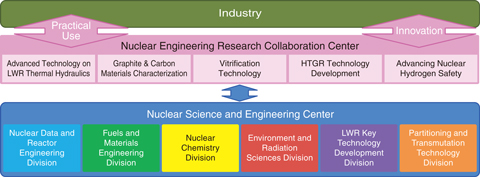
Fig.4-1 Roles of nuclear science and engineering research

Fig.4-2 Nuclear Engineering Research Collaboration Center
Nuclear science and engineering research aims to promote the activities shown in Fig.4-1, which include recovery from the accident at the TEPCO’s Fukushima Daiichi NPS (1F), development of transmutation technologies to reduce the amount of long-lived radioactive waste, and key technology improving reactor safety. In the area of nuclear data and reactor engineering, we are revising the Japanese Evaluated Nuclear Data Library, measuring nuclear data, and developing a methodology for nuclear-reactor design based on advanced theoretical, experimental, and simulation approaches (Topics 4-1 and 4-2). In the area of fuels and materials engineering, research on the behavior of fuels and materials used in reactors and fuel-cycle facilities is also being promoted (Topics 4-3 and 4-4). In the area of nuclear chemistry, research is being promoted to obtain basic data for reprocessing and detection of extremely small amounts of nuclear materials (Topics 4-5 and 4-6). In the area of environmental and radiation sciences, studies of the behavior of radionuclides in the environment and on radiation protection with up-to-date scientific results are being advanced (Topics 4-7 and 4-8). Applying these results, we are conducting research on the improvement of nuclear safety (Topics 4-9 and 4-10). Based on the above fundamental technologies, joint research with industry is also being promoted via the Nuclear Engineering Research Collaboration Center (Fig.4-2).
Toward the development of fundamental technologies to aid the 1F recovery, we are studying the location of radioactive cesium (Cs) in the reactor building, prediction of the Cs dose distribution, melting-fuel behavior, fuel-cask soundness, recovering uranium (U) and plutonium (Pu) from fuel debris, and so forth. (Chapter 1, Topics 1-4, 1-5, 1-6, 1-7, 1-9, and 1-12).
In the field on technological developments to reduce the degree of hazard of radioactive wastes, the accelerator-driven subcritical system (ADS) is being studied for transmutation of minor actinide (MA) nuclides (ex. Neptunium and Americium) (Topic 4-11). Technologies to effectively partition MA and fission product nuclides and produce MA fuel are also being developed (Topics 4-12 and 4-13).